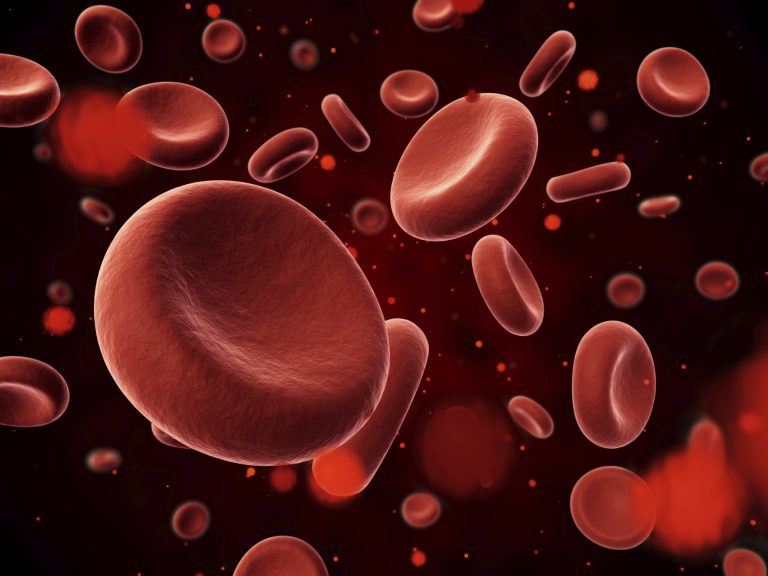
The Medicines Company (NASDAQ:MDCO) just put out topline from its lead cholesterol trial, and the company has jumped on the back of the data. The release was a bit of a strange one, in all honesty, making numerous references to the preceding trial data, before settling on some closing remarks, but it seems positive nonetheless, and markets have obviously regarded it as so.
The data comes as a sort of preview to fuller data intended for presentation at the AHA Scientific Sessions (late breaking) come November 19. In anticipation of a little more clarity come AHA, and in advance of any further upside this clarity may initiate, let’s take a look at the drug in question and lay out what we are looking for when the detailed report hits.
The drug is called PCSK9si, and as we’ve mentioned, it’s targeting the lowering of cholesterol in adults. Some readers may already be familiar with the family of cholesterol drugs commonly referred to as PCSK9 inhibitors. Don’t get these confused with this one. They both act on the same enzyme (sort of) but they are very different as far as core MOA is concerned. PCSK9 is an enzyme that binds to the receptor on the liver that is normally responsible for destroying and clearing LDL-C (bad cholesterol). PCSK9 inhibitors bind to the PCSK9 enzyme, meaning the liver receptor remains intact, and can clear LDL-C for longer. In contrast, other SOCs like statins work to inhibit the production of LDL-C while increasing the production of the LDL-C clearing receptors.
PCSK9si is a synthesis inhibitor. We won’t go too much into the science behind it, as things could get complicated quickly when trying to differentiate between PCSK9si, PCSK9 inhibitors and statins, but essentially, it acts on the gene that codes for the PCSK9 enzyme at the RNA level, stopping the enzyme from being produced in the first place. A reduction in PCSK9 translates to more and longer lasting LDL-C clearing receptors, which – theoretically – should translate to a reduction in cholesterol on the aggregate.
With this MOA, the drug is first in class, and is targeting an approval in so far as it’s looking to provide an option for patients that have not responded to current SOC. If trial data demonstrates a boost in efficacy over the current treatments, there’s every chance this will extend to a first line a little further down the road.
So what did the latest update tell us?
It was a 90 day follow up, and it looked at 501 patients that were part of a study called ORION-1. The data showed that the drug was well tolerated, and importantly, there was no investigational drug-related elevation of liver enzymes, neuropathy or change in renal function. These latter three points are important, as they can all be associated with various degrees of SOC. The data demonstrated a so-called substantial knockdown of LDL-C, and did so by way of a regimen that could potentially validate administration just two or three times a year, again giving it a one up on current SOC, which is far more regular (if not daily, in many instances).
So what are we looking for from the detailed analysis?
Well, we want to know exactly what the phrase Substantial Knockdown means. If the numbers are in line with the numbers seen in the phase I, which were evaluated as a secondary, then the drug looks good to move in to a pivotal. Before it does that, however, there’s a day 180 follow up for 200 of the 501 patients set to present, and this also is set for presentation at AHA. The 180-day data is more about dosing schedule than anything else. If the drug can maintain its efficacy across the period, 0-180, then it suggests a bi-annual dosing. Tri-annual is pretty much already established, but the 180 data could build on this and make the drug that little bit more competitive when it comes to commercialization.
So, that’s about it for now – we’ve got some decent data but there’s not too much insight into how it stands up to current SOC from an efficacy perspective available right now. AHA s where the real catalysts lie, and we’ll be watching it closely to see what insight we can garner come presentation day.




